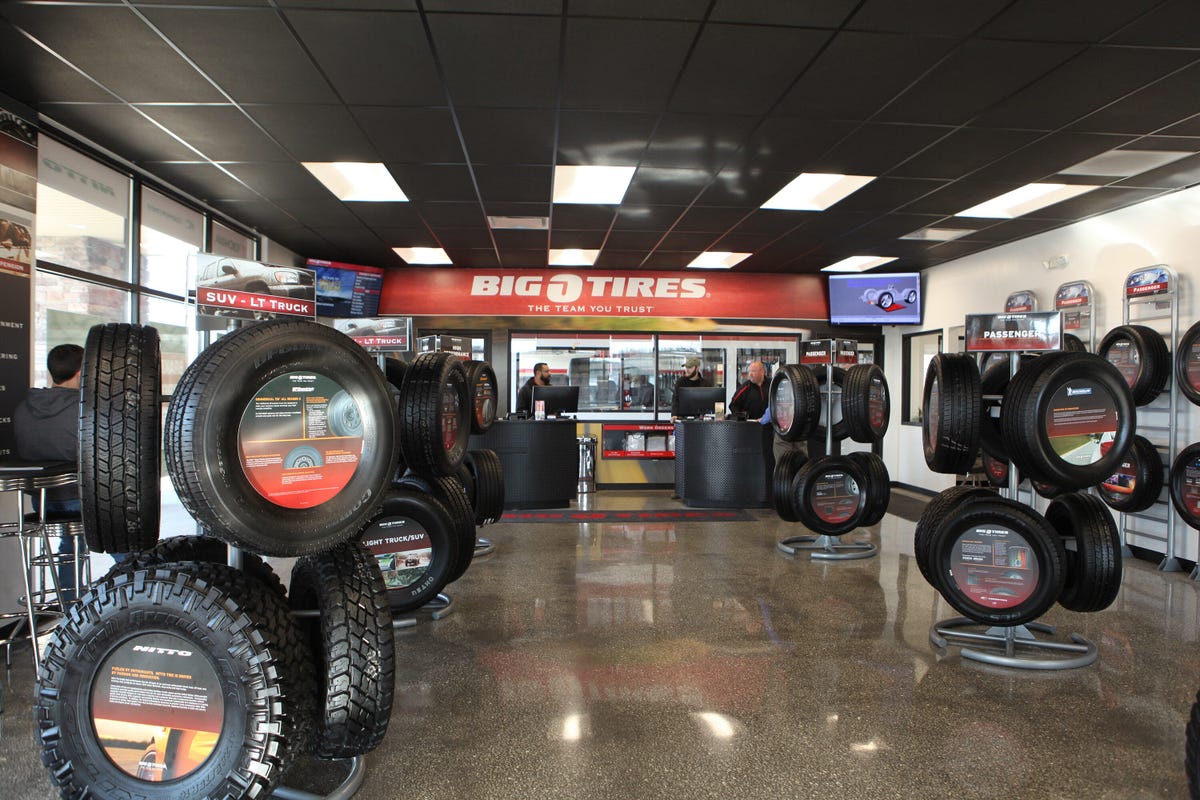Inexpensive Discount Tires Morris IL: Irresistible Prices, Quality Ensured
Inexpensive Discount Tires Morris IL: Irresistible Prices, Quality Ensured
Blog Article
Tire Solution: Understanding Tire Pressure Surveillance Solutions
Recognizing Tire Pressure Tracking Solutions (TPMS) is a critical aspect of keeping ideal automobile performance and safety and security on the roadway. With improvements in vehicle technology, TPMS has actually come to be a standard attribute in modern automobiles, providing real-time info on tire stress degrees.

Relevance of TPMS
The relevance of Tire Pressure Monitoring Systems (TPMS) hinges on their capability to improve automobile security and performance with real-time tracking of tire stress levels. Keeping the right tire pressure is essential for making sure ideal handling, stopping, and general safety and security of an automobile. TPMS gives vehicle drivers with immediate feedback on any underinflated or overinflated tires, permitting prompt adjustments to be made.
Elements of TPMS
Consisting of different essential components, a Tire Pressure Tracking System (TPMS) works as a sophisticated safety and security feature in modern-day cars. The primary parts of a TPMS include sensing units, a control component, and a caution sign. Sensors are usually situated in the tire shutoff stem or connected to the wheel assembly, where they measure tire stress and send data to the control component. The control component processes this information and activates a warning if it identifies considerably reduced stress in any of the tires. The caution sign, typically a symbol on the control panel, signals the driver to examine the damaged tire or tires. Some advanced TPMS designs additionally show the real tire stress analyses for every tire, offering drivers with real-time information to guarantee optimum tire performance and security. By keeping an eye on tire stress continuously, TPMS assists protect against accidents, decreases tire wear, and enhances fuel performance, making it an essential element for lorry security and performance.
Kinds of TPMS

On the other hand, indirect TPMS relies on the vehicle's wheel speed sensors to keep track of tire pressure. This system spots underinflation by contrasting the rotational speeds of the wheels. Indirect TPMS is much less expensive than straight TPMS, as it click over here utilizes existing sensors within the automobile.
While direct TPMS offers much more precise readings, indirect TPMS is less complex in layout and generally needs much less upkeep. Both systems have their benefits and limitations, and the option between them usually depends upon variables such as cost, lorry make, and individual choice. Comprehending the distinctions between these 2 kinds of TPMS our website can aid automobile proprietors make informed decisions regarding tire upkeep and safety.
TPMS Maintenance Tips
Conduct regular checks on the tire stress levels and contrast them with the TPMS readings to guarantee they are constant. During tire rotation or substitute, make certain that the TPMS parts are taken care of meticulously to protect against any type of prospective damage. If the TPMS advising light brightens on the dashboard, address the concern without delay by examining the tire stress and the general system for any kind of faults.
Advantages of Appropriate Tire Pressure
Maintaining proper tire pressure, as highlighted in TPMS Maintenance Tips, is essential for gaining the various benefits connected with optimal tire stress degrees. One of the main advantages of maintaining the proper tire pressure is improved fuel efficiency. When tires are properly inflated, there is much less rolling resistance, leading to far better gas economic situation. Furthermore, correct tire stress guarantees also tire wear, expanding the life-span of the tires and promoting safer driving conditions. With the appropriate tire stress, lorries also have far better handling and grip, especially in unfavorable weather. This can boost total driving performance and safety for the driver and guests. Preserving optimal tire stress can sites contribute to a smoother and more comfortable adventure by minimizing resonances and sound triggered by underinflated tires. To conclude, the benefits of proper tire stress go past just tire durability; they incorporate enhanced fuel efficiency, improved security, better vehicle efficiency, and overall driving comfort.
Verdict
To conclude, understanding tire pressure monitoring systems (TPMS) is critical for preserving optimum tire stress and guaranteeing automobile safety. By recognizing the importance of TPMS, being familiar with its elements, knowing the different types readily available, adhering to proper upkeep tips, and realizing the benefits of preserving appropriate tire pressure, motorists can boost their driving experience and lengthen the life expectancy of their tires. Proper tire pressure is vital to secure and reliable vehicle procedure.

Report this page